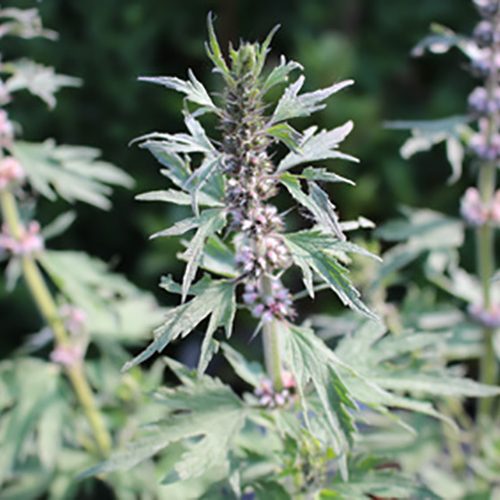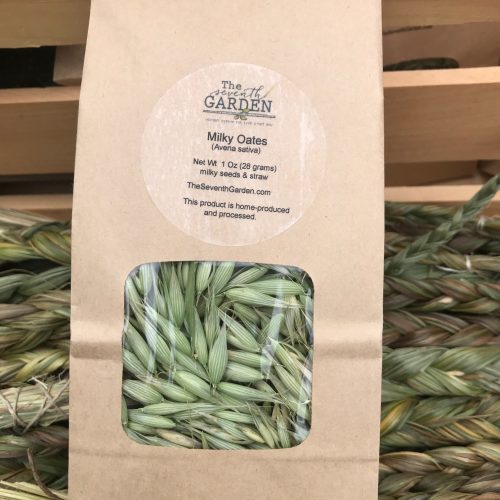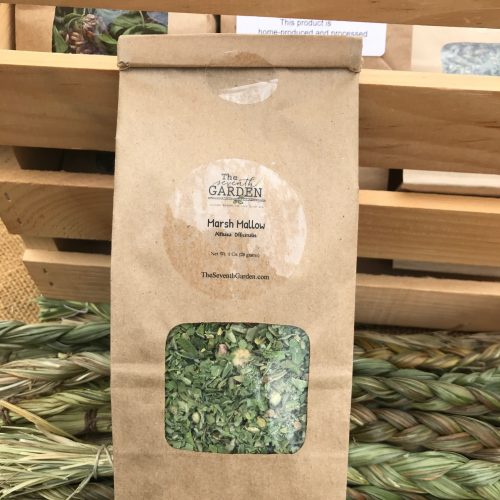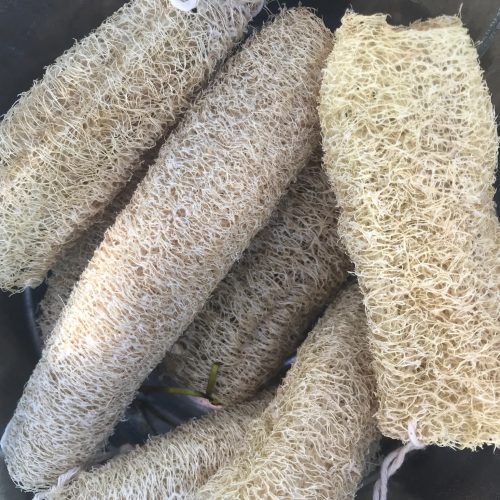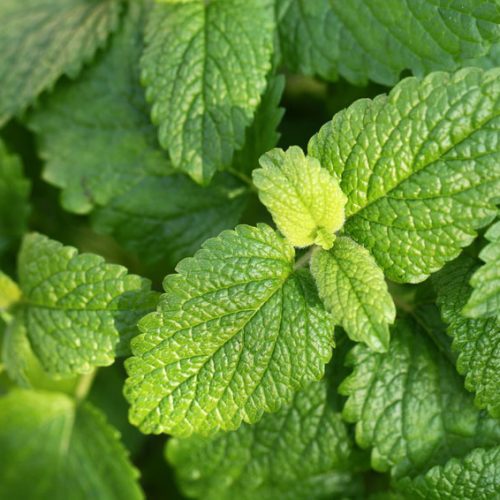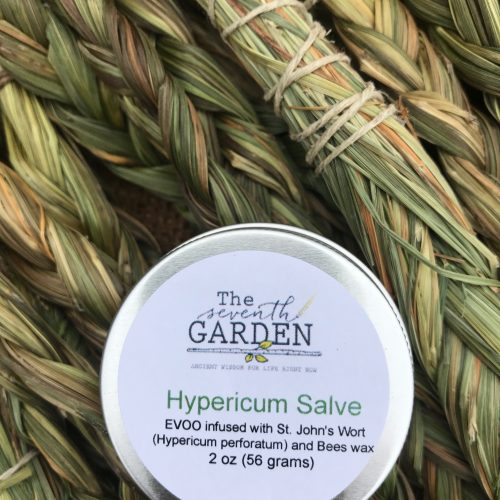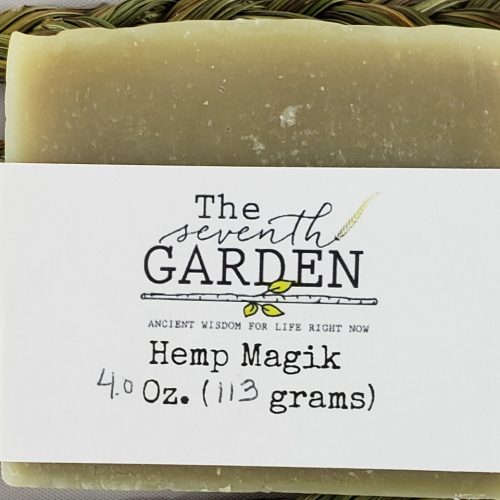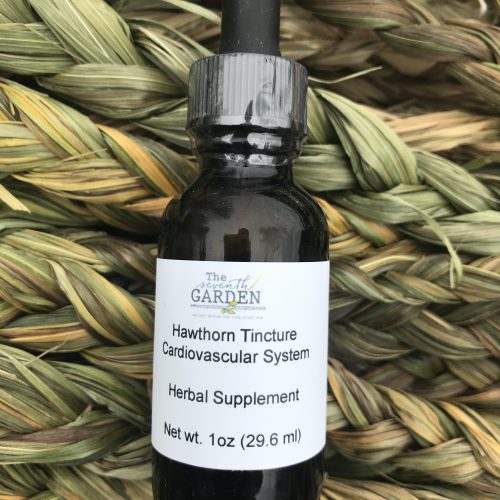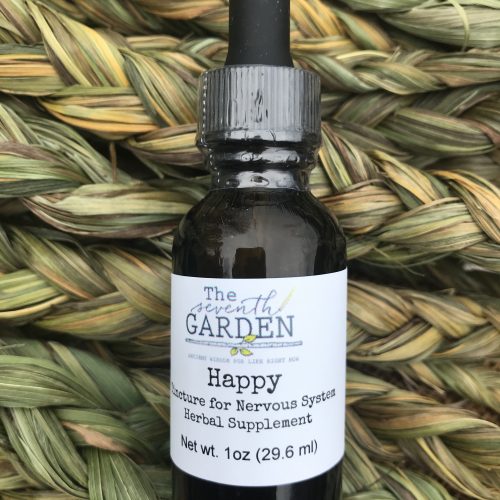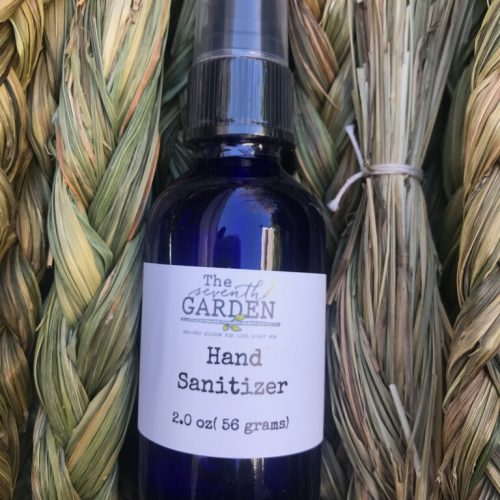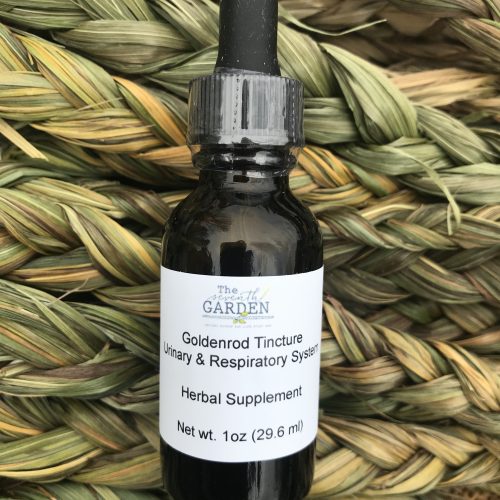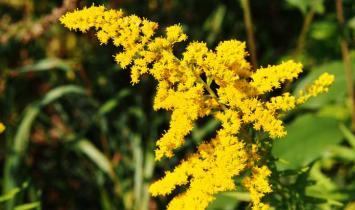-
Use the dried oat tops or straw to make a nourishing tea blend. Add one big handful (½ – ¾ cup) to a glass quart jar. Pour boiled water over the herb, cover, and let steep overnight to extract as much of the medicinal and nutritive qualities as possible.
-
Marshmallow leaf and root are used for pain and swelling (inflammation) of the mucous membranes that line the respiratory tract. They are also used for dry cough, inflammation of the lining of the stomach, diarrhea, stomach ulcers, constipation, urinary tract inflammation, and stones in the urinary tract. The Food and Drug Administration have not evaluated this product. We recommend that you consult with a qualified healthcare practitioner before using herbal products, particularly if you are pregnant, nursing, or on any medications. The information provided is not intended to diagnose, treat, cure or prevent any disease. Contraindications may exist. Keep out of reach of children.
-
Use these wonderful luffa to clean your dishes, kitchen or even your body. Lovingly grown by us for you.
-
Simple, wholesome and oh so luxurious. Kentucky Folklore touts that Magik Lip Balm may lead to Magik kisses! Seems quite scandalous. Ingredients: Beeswax and raw honey from Natalie’s Garden, coco butter, coconut oil and sweet almond oil
-
Hypericum Salve We made this salve out of necessity for ourselves. Farming is hard work and hard work makes for sore muscles. But St John’s Wort goes deeper than that. Read on… SJW’s anti-inflammatory, vulnerary, astringent, and antimicrobial actions make it a powerful healer for wounds, bruises, burns, sprains, and muscle pain. SJW will reduce pain, swelling, and inflammation associated with many injuries that affect the skin and muscles (Hardin, 2014). Its antiseptic properties (Chevallier, 1996) help prevent infection in wounds and burns. SJW helps relieve the pain associated with damaged nerves and neuralgia, and is helpful for painful sciatica, shingles, and rheumatism. It can even heal and repair nerve sensation in nerves damaged by traumatic injury or other causes. In fact, SJW is known as “arnica for the nerves” due to its strong healing abilities. Germany’s Commission E approved external preparation of SJW for use for “sharp or abrasive wounds, muscle pain, and first-degree burns” (American Botanic Council, 1999). One clinical study of SJW as treatment for wound healing and scarring associated with Caesarean surgeries found that women treated with SJW ointment experienced “significant differences in wound healing on the 10th day…and scar formation on the 40th day postpartum” as women in the placebo and control groups, as well as significantly lower pain and itching (Samadi, 2010). Ingredients: Fresh St. John’s Wort flowers infused in extra virgin olive oil and ethically harvested beeswax
-
Hyaluronic acid and rose hydrosol hydration serum. Made with all vegan , non GMO and organic ingredients.
-
Our Hemp Magik soap is made with hemp oil as well as Olive, Coconut and Palm Oils. We use organic and sustainably sourced ingredients. It has Kaolin clay and is scented with Lime, Patchouli and Juniper Essential Oils.
-
Hawthorn (Crataegus columbiana) North American hawthorn species were used by many Native tribes for various purposes including relieving stomachache, as a female tonic, for bladder and kidney troubles, and to strengthen the heart (Foster, 2009). Hawthorn’s current use as an herbal cardiac tonic emerged in England in the late 1800s, after an Irish physician named Greene became well-known for successfully treating heart patients with a hawthorn berry extract (Foster, 2009). Today, herbalists use hawthorn extract as a general cardiac tonic, for cases of angina, high blood pressure, early stages of congestive heart failure, and atherosclerosis (Murray, 1995). It is the go-to herb for any heart-related condition, including helping to support the heart following a heart attack. It is also used as a nervine and anti-inflammatory herb. Hawthorn extract is believed to increase the strength of heart muscle contractions, as well as helping to modestly reduce serum cholesterol levels and plaque deposits in the arteries (Foster, 2009; Murray, 1995), although the latter assertion needs more research on the clinical level. Hawthorn appears to improve the mechanics of the heart and its metabolic processes, dilate coronary arteries, and inhibit enzymes that cause vasoconstriction (Murray, 1995; Verma et al, 2007). These actions make it useful in early congestive heart may indicate that WS® 1442 can potentially reduce the incidence of sudden cardiac death, at least in patients with less compromised left ventricular function” (Holubarsch et al., 2008). Naturopathic physician Michael T. Murray (1995) explains that hawthorn’s flavonoids help protect and stabilize the collagen matrix within the artery by cross-linking fibers, scavenging free radicals, quenching inflammation, and inhibiting the release of inflammatory agents. Maintaining sound arterial integrity and protecting the arterial walls from lesions discourage cholesterol deposits. Hawthorn also inhibits LDL oxidation (Quettier-Deleu et al., 2003). Hawthorn is also a calming nervine and is used much like rose, and often with rose, to heal, open, and protect the energetic heart. Hawthorn is Rosemary Gladstar’s (2010) favorite remedy for sadness, grief, and loss or when the hearts needs a bit of extra protection.
-
Occasionally things happen in our lives that can bring on bouts of depression and rob us of joy and hinder our innate ability to find true bliss. Happy Tincture is a favorite blend of one of the founders of The Seventh Garden- Paige calls it “Sunshine in a bottle”. Blended with six beloved Plant Spirits that cradle the nervous system and the Heart. Ingredients: St John’s Wort (Hypericum perforatum) Motherwort (Leonurus cardiaca) California Poppy (Eschscholzia californica) Hawthorn (Crataegus columbiana) Passion Flower (Passa flora) Skullcap (Scutellaria baicalenis)
-
Goldenrod (Solidago spp.) There is a very strong tradition, coming from various parts of the world, for the use of goldenrod to support the kidneys and bladder and it has significant antimicrobial activity to help the entire digestive system as well. The second major theme for the medicinal use of Goldenrod is in regards to its toning, antimicrobial, antiinflammatory, and diuretic effects upon the urinary system. It’s antimicrobial effects help by supporting the urinary system through difficulties such as urinary tract infections and nephritis. It also helps support the upper respiratory system, and sinusitis especially during allergy season as a result of its true anti-histamine action. Lastly, Solidago species have been listed in both ethnobotanical literature as well as traditional herbal literature as a supportive diaphoretics that can be used during a cold or influenza even for children with fever and flu (Smith, 1933; Turner et al., 1980). Lastly, there is much research mentioning its usefulness in infantile colic and flatulence, as well as sickness of the stomach, stomach cramps, and vomiting in children and adults alike (Felter & Lloyd, 1898; Ellingwood, 1919). It is a very old traditional to use Goldenrod for support of the gastrointestinal system.


